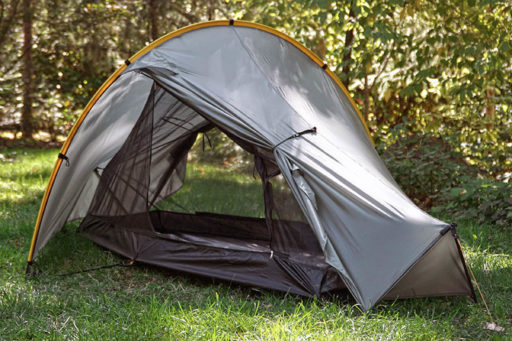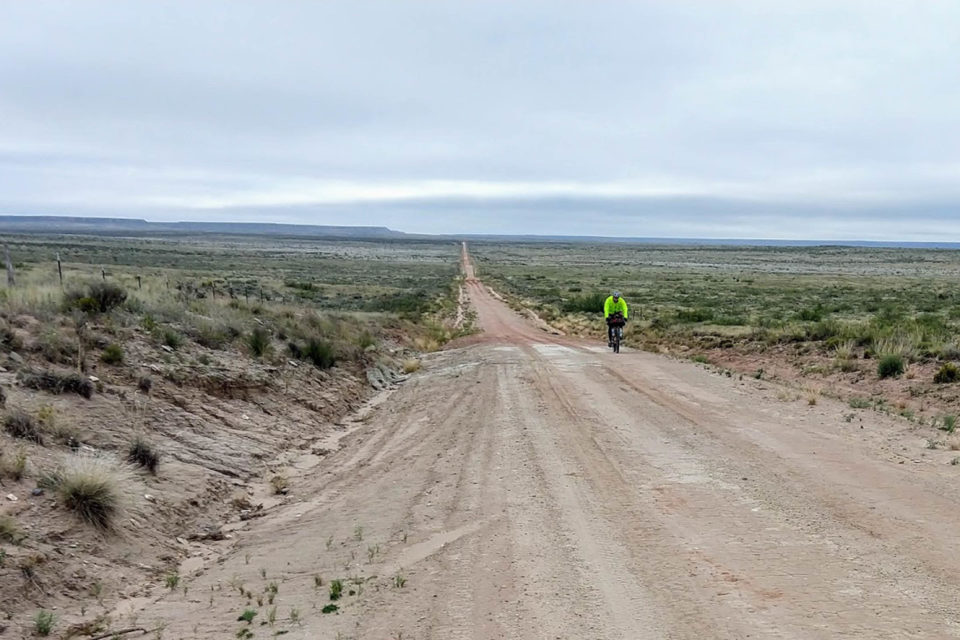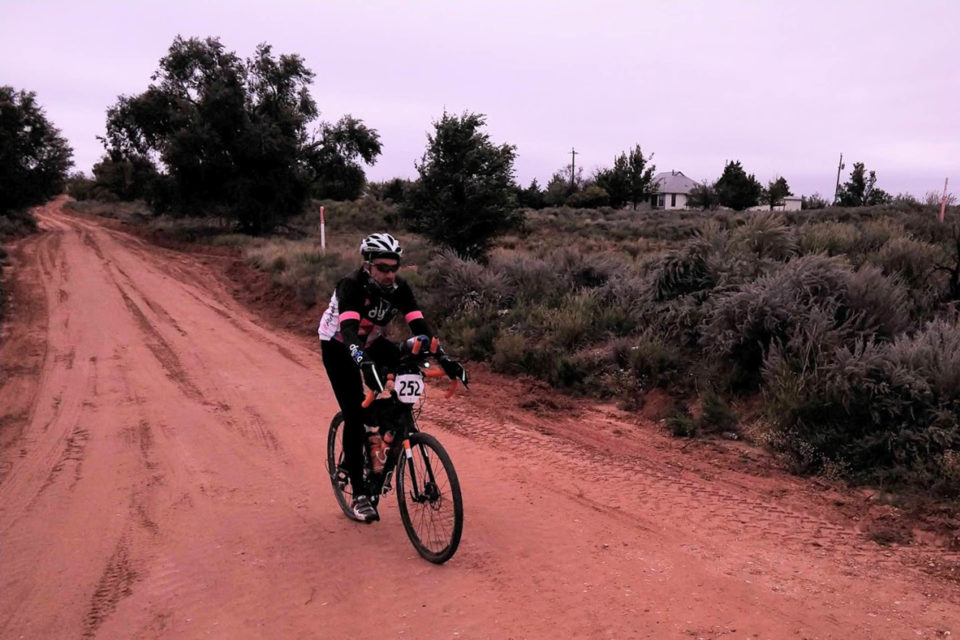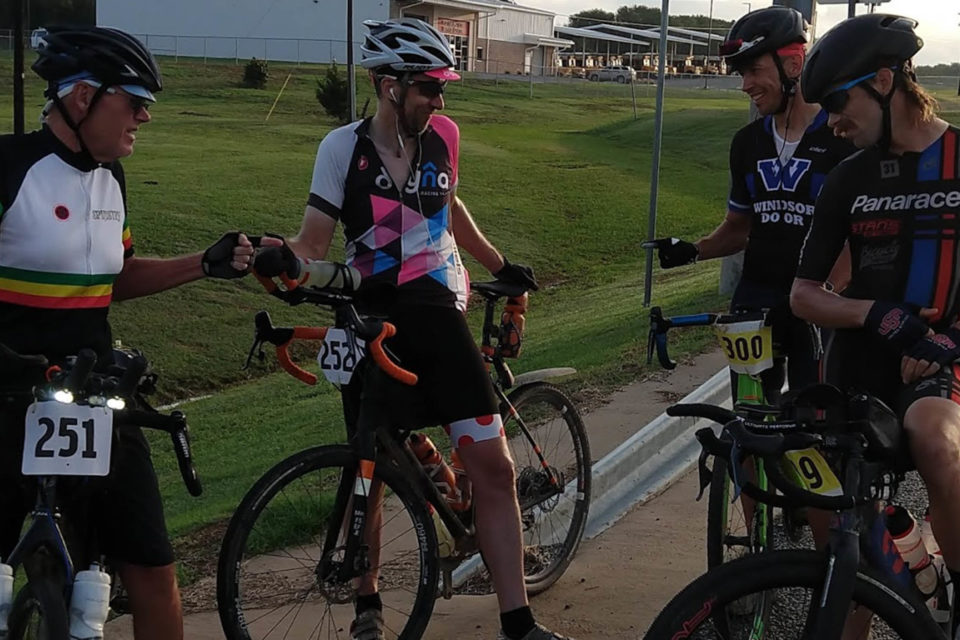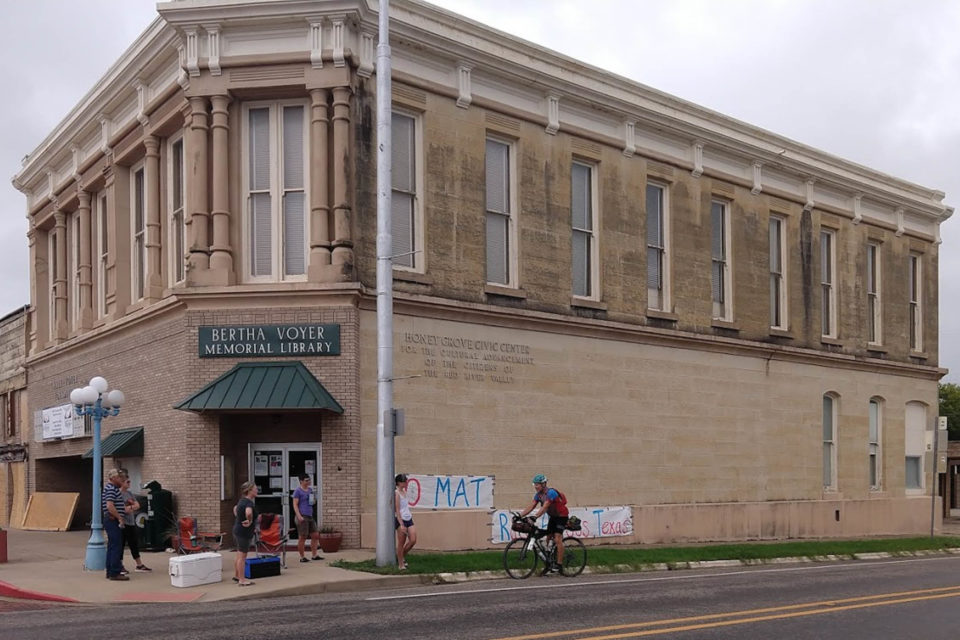The 4th annual Race Across Texas (RAT 1000) took place early October, and with torrential downpours and several storm fronts in north Texas, the event proved challenging for even the most prepared riders. We reached out to Troy Hopwood, one of the participants, for an insider’s perspective on this year’s event…
Words and main photo by Troy Hopwood, Photos by Kevin Lee
I signed up for the 2018 Race Across Texas (RAT) on a whim. Feeling unfulfilled after my failed attempt at the TransAm bike race, I needed to find something to scratch the long-distance itch. A 1,000-mile gravel race sounded like just the ticket. Even better, race organizer Kevin Lee was offering a new format to do the race as a semi-supported stage race. Severe stomach issues took me out of the TransAm, so I was in need of a new on-bike nutrition strategy. The stage race format allowed me to test out an all-liquid diet while avoiding the logistical challenges that come along with pounds of drink mix (see Jason Lane in Inspired to Ride).
The RAT is unlike any event I’ve done before. The key difference is there were many flavors of the race all happening at the same time. There was the traditional self-supported race and the new stage race doing the full 1,000 miles. Then there was the guided, three-day Mini RAT and the self-supported Tiny RAT for those looking for shorter adventures. The craziness of the multiple events was evident on day one. The stage racers started on Friday with an untimed prologue from Texarkana to New Boston. Self-supported racers started in Texarkana on Saturday and Mini and Tiny RAT racers started with stage racers on our second day.
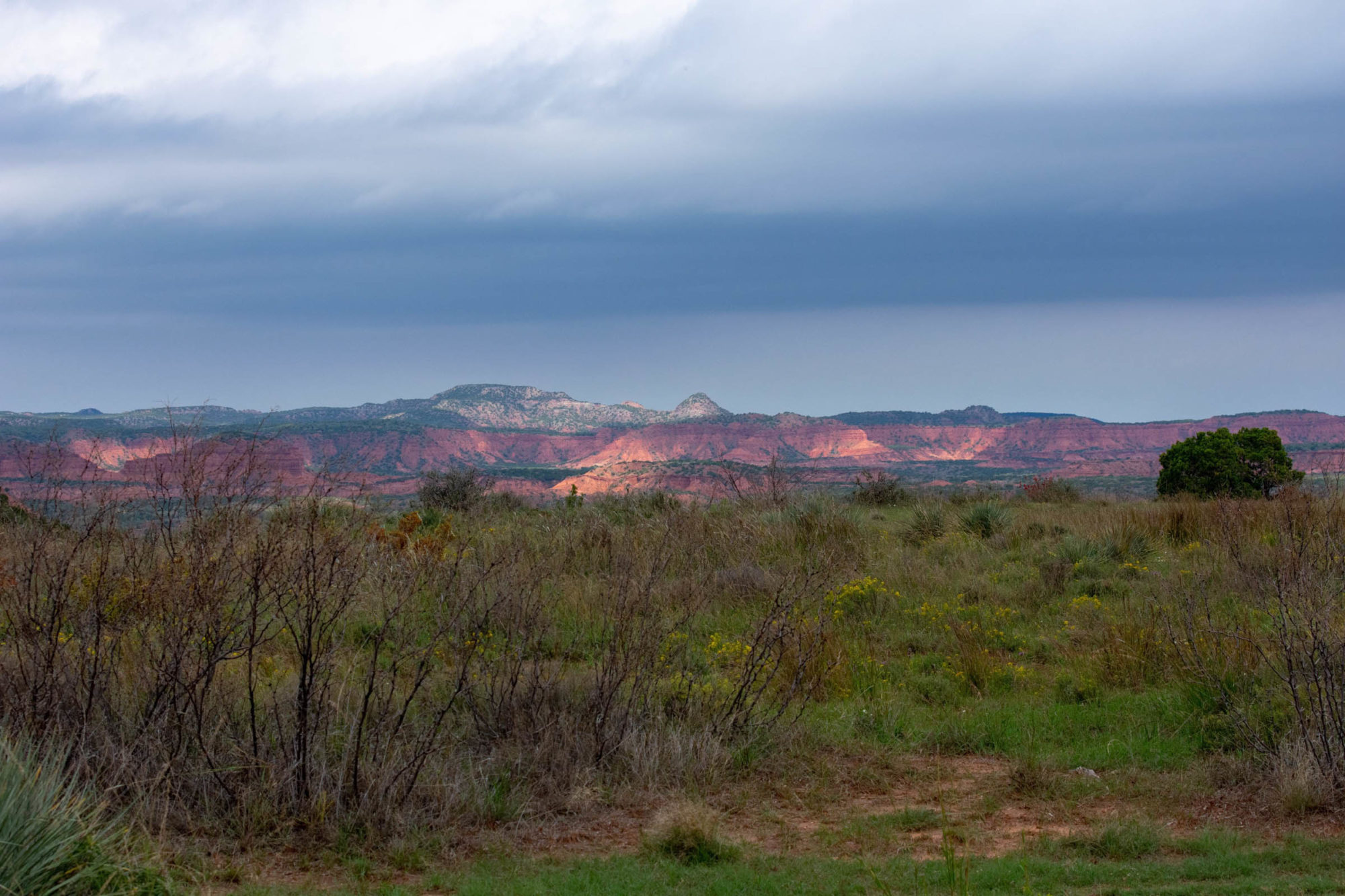
The first few days were unbearably hot. Temperatures averaged around 95 degrees with 95% humidity. This weather is tough for anyone, but as a Northwest native, I was definitely out of my element. The five bottles I could carry were not enough. Halfway through the race, the weather got a bit cooler, but it this came heavy rain. Like me and alcohol, Texas can’t handle its rain. This immediately brought impassible mud and flooding. It was bad enough that Kevin called a zero day for stage racers and highly encouraged self-supported racers to follow suit. The route had become dangerous.
After a day off, we resumed racing, but used alternate routes to avoid problem areas. This meant more pavement than I would have liked. The stage race introduced new challenges as we had a schedule to keep. Self-supported racers are used to venturing into the unknown and enduring whatever nature has to offer. But stage racers needed a route we could actually finish each day. Kevin did a great job coming up with alternate routes on the fly. Sometimes we would even get re-routed in the middle of the stage after discovering something was impassible. Even with the re-routes, we still had our fair share of mud and unexpected river crossings. It was just enough to keep the adventure going.
Once the rains subsided, mother nature had a new challenge for us. Cold air pushed in from the north, bringing extreme winds and a threat of snow. Fortunately, the rains cooperated for the signature day of the race. The Red Roads and Caprock Canyon sections are touted as both the most scenic and most challenging portions of the route. They did not disappoint. By this stage, I had grown tired of the flat roads and monotony of western Texas. I felt re-energized as the terrain became more difficult. The roads featured rock ledges, deep erosion crevasses, sand, and boulders to challenge even the most skilled riders. The sight of red cliffs erupting out of the pancake-flat farmland was amazing. And we finally got to do some climbing.
The final day brought 35-degree temps and 30 mph winds. An emergency glove purchase was needed to keep my hands functioning. The cold proved extra challenging for the native Texans that made up the majority of the field. For me, the rain and cold is when I felt most comfortable. I finished every day in third place and finished in third overall.
This year there were 45 riders at the start, 10 of whom finished from the grand depart. David Renninger took first place in the ITT / self-supported category with a finish time of 7 days, 14 hours, 50 minutes. Matt Murphy’s 2017 record (east to west) of 6 days, 15 hours, 3 minutes still stands, as well as Jimmy Atha’s west to east record of 5 days, 22 hours, 12 minutes. From the stage race group, only half of the 8 riders completed the course. Mat Stephens took first place with a cumulative time of 53 hours, 26 minutes, 52 seconds. Brad Herle came in second with a time of 61 hours, 12 minutes, 18 seconds. And I took third place at 70 hours, 28 minutes, 42 seconds.
Congrats to all the participants! Learn more about the event here.
Please keep the conversation civil, constructive, and inclusive, or your comment will be removed.







